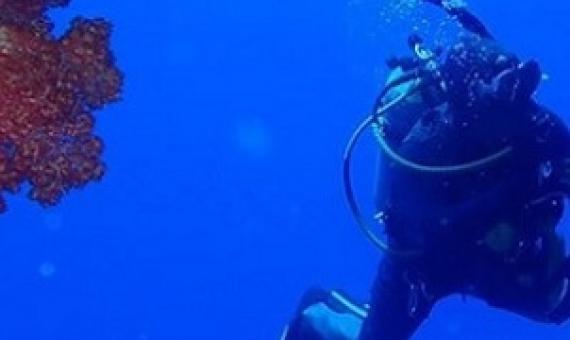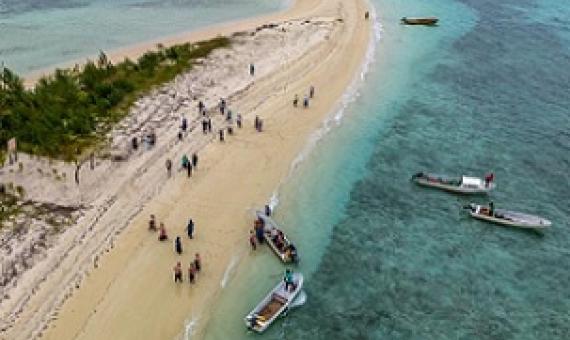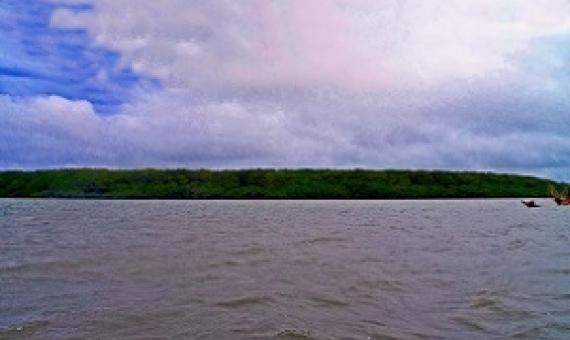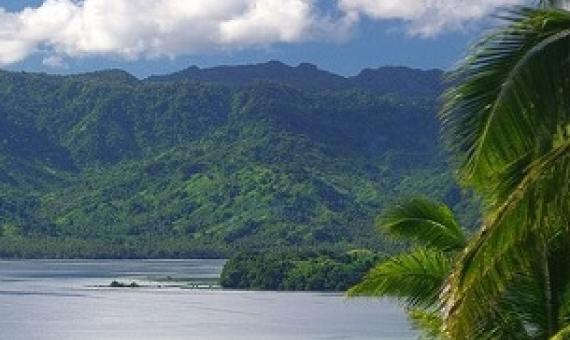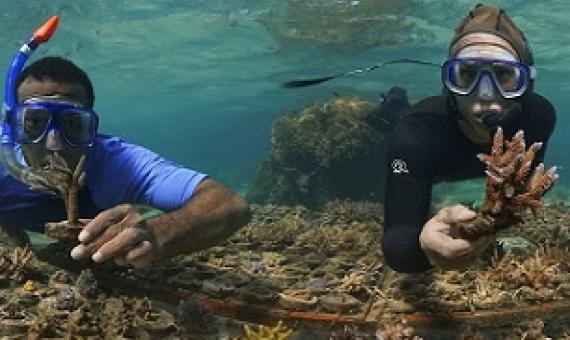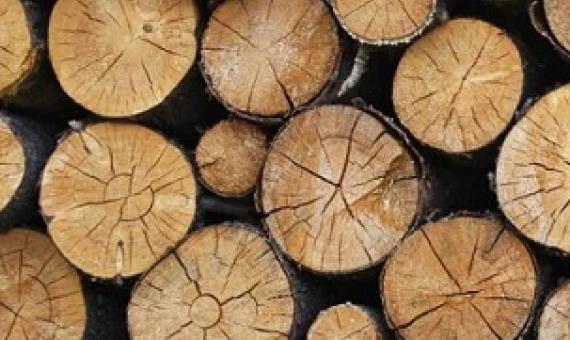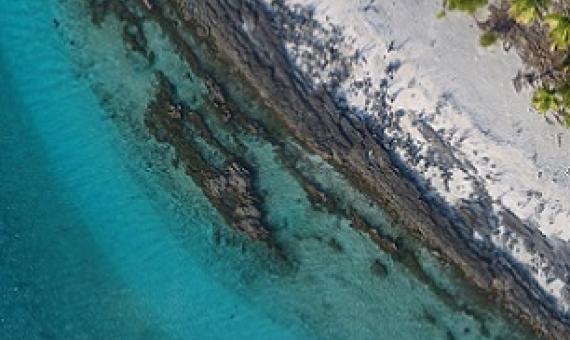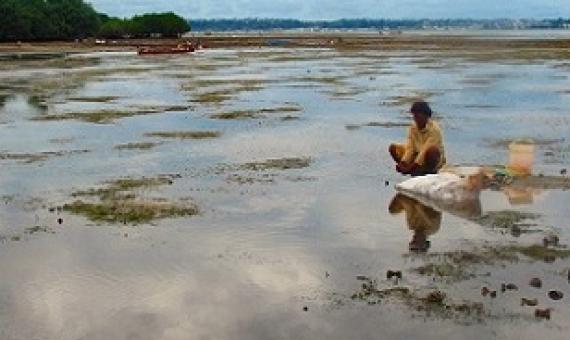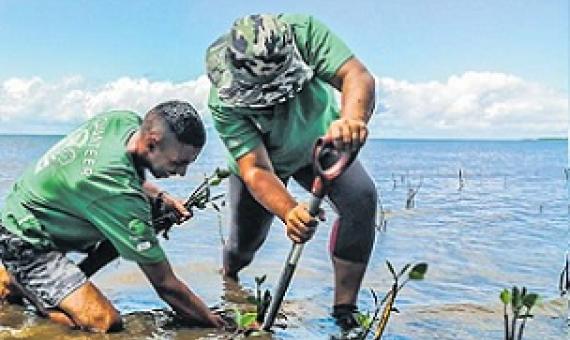The French Senior Researcher in Oceanography, Dr Cecile Dupouy says Fiji’s ocean is healthy despite a few blooms received from the Rewa River.
In a moment of true significance, the District of ‘Nadogo’, aptly named ‘The Mangrove’ in indigenous Fijian, commemorated this year’s World Mangrove Day with an extraordinary milestone—the formal declaration of its inaugural permanent community island protected area.
Fiji has followed robust and participatory processes involving multiple technical and conservation partners, agencies, Government, and the public in its marine protected area journey, says International Union for the Conservation of Nature (IUCN) Oceania regional director Maria-Goreti Muavesi.&nb
Fiji needs to set up marine protected areas (MPAs) and marine managed areas (MMAs) outside i qoliqoli boundaries in its Exclusive Economic Zone (EEZ) to meet its commitment to protecting 30 per cent of its marine areas.
Who’s setting the agenda? Philanthropic donor influence in marine conservation
We are in a period of unprecedented growth in conservation philanthropy. How will this influx of private funding affect conservation agendas? Inspired by a collaborative research co-design process, this paper addresses questions about how foundations influence conservation agendas in the places they work. We draw from a case study of the world’s largest philanthropic funder of marine conservation, the David and Lucile Packard Foundation and their 20 years of investment in marine conservation in Palau and Fiji.
Victor Bonito takes the concept of working from home to new levels. The marine scientist's house overlooks his lab: the beautiful turquoise-blue waters of Fiji's Coral Coast.
Conservation International Pacific has expressed its concerns about the high-levels of deforestation in the country which is affecting biodiversity in certain areas.
The Lau Seascape has the potential to set the narrative for the Fijian government to test its goals in achieving the National Oceans Policy, which states that by 2030 Fiji would like to have 100 per cent management of its economic exclusive zone and 50 per cent of marine protected area.
A study found that Fijian communities engaged in the country’s locally managed marine areas network, known as FLMMA, exhibited strengths in the mechanisms believed to advance conservation efforts, such as community participation in decision-making and financial support.
Last week saw the commemoration of World Hydrography Day 2023, a global event dedicated to raising awareness about the crucial field of hydrography and its role in supporting the sustainable use of our oceans.

